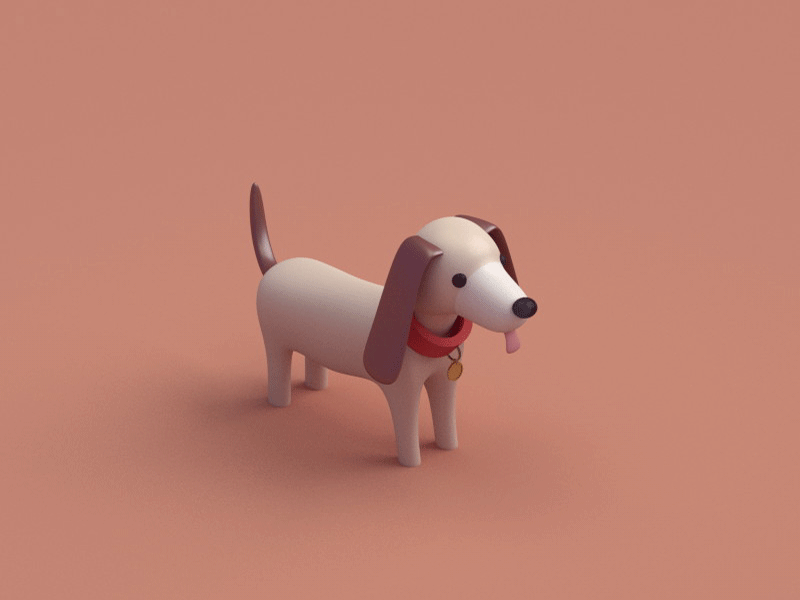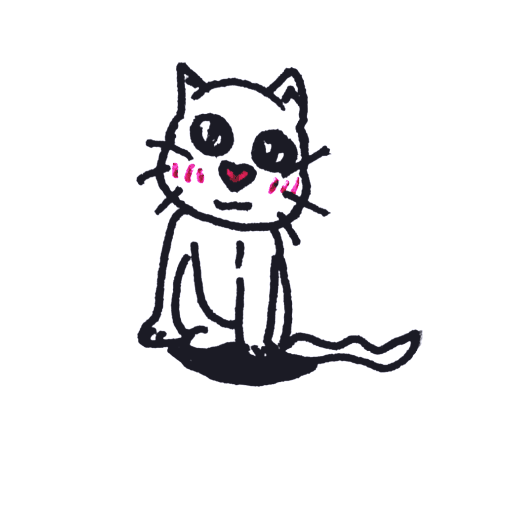


- Gif animator tutorial.pdf how to#
- Gif animator tutorial.pdf software#
- Gif animator tutorial.pdf series#
*Here’s how to leverage Google Optimize (free) to test GIFs on your website
Gif animator tutorial.pdf series#
Think about it: instead of clicking on an embedded video tutorial on how to use a feature, you can share a series of short GIFs that’ll educate a viewer in half the time. And, unlike a video, GIFs generally have small file sizes, allowing them to load faster and with better quality. Better yet, GIFs can significantly improve the user experience on your blog or website.
Gif animator tutorial.pdf software#
Unlike static photos or videos, GIFs are quick and easy to make, and they require no additional software or plugins. Who said GIFs are just for fun? They’re incredibly useful for businesses and marketers.Īside from social media, companies are incorporating GIFs in paid advertising campaigns on social media platforms, in customer support articles on their website, on landing pages and microsites, and in email marketing campaigns. Read affiliate disclosure here.Author’s Note: This post on how to make an animated GIF (without Photoshop) was updated to include information on how to add GIFs to Facebook, Twitter, and popular content management systems. Want to learn more about how Adobe Illustrator works? Check out my Illustrator Explainer Series - a comprehensive collection of over 100 videos where I go over every tool, feature and function and explain what it is, how it works, and why it's useful. Once exported, GIMP will generate an animated GIF where each individual layer represents a single frame in the animation. Everything else should be alright at its defaults. Make sure you have As Animation selected so GIMP knows to export the image as an animated GIF.

Once you’re finished editing your animated GIF, you can generate a GIF file by going to File -> Export As and naming your document as. I recommend this because GIMP crashed when I tried exporting a GIF in the Grayscale mode. This won’t add the color back, it’ll change the color profile embedded in the document. I’d recommend that you change the color mode back to Indexed before exporting your GIF. This will remove all of the color data from your entire image… To do so, go to Image -> Mode -> Grayscale. Or, in other words, you can make your GIF black and white. The only color modification you can make that will be applied to each layer is to change the color mode. This is another area where we’re quite limited if we want to edit an animated GIF with GIMP. Once you’re happy with your selection, simply press Enter on your keyboard to finalize it. If you’d like to crop a selection of your GIF, you can do so by grabbing your Cropping tool (shift + C) and clicking and dragging a selection over the area you’d like to crop. You can make the following transformations to your GIF… You can flip and/or rotate your animated GIF by going to Image -> Transform, and selecting whichever transformation you’d like to make. The change will be applied to all of the layers and not just the active layer. To resize your GIF, simply go to Image -> Scale Image.įrom there you can manually input what you’d like the size of the image to be in terms of numeric value. Scaling down your GIF would be a great way to reduce GIF file size with GIMP. That said, the following are all ways in which you can edit an animated GIF with GIMP… Resize To add text with GIMP would mean having to copy and paste that text onto each individual layer, which would be a painstakingly redundant task. If you want to add text to a GIF, for example, you’d be much better off using a video editor (like Blender) instead. This makes GIMP a very limited tool for editing GIFs. If you want to edit an animated GIF with GIMP, the only edits you can make are edits that are applied to the entire image and not just a single layer. Since the animation consists of a series of layers, any changes you make will only be applied to the single layer that you currently have activated, and since that layer only represents a single frame of the animated GIF, it will only be applied to that single frame. If you’re opening a large file and you don’t have the computing power, it could possibly cause your computer to freeze. Even GIFs that are only a few seconds long can mean several hundred layers, so keep that in mind whenever opening a GIF with GIMP. Bear in mind that because of the amount of images/layers being generated, this is a very CPU-intensive process.


 0 kommentar(er)
0 kommentar(er)
